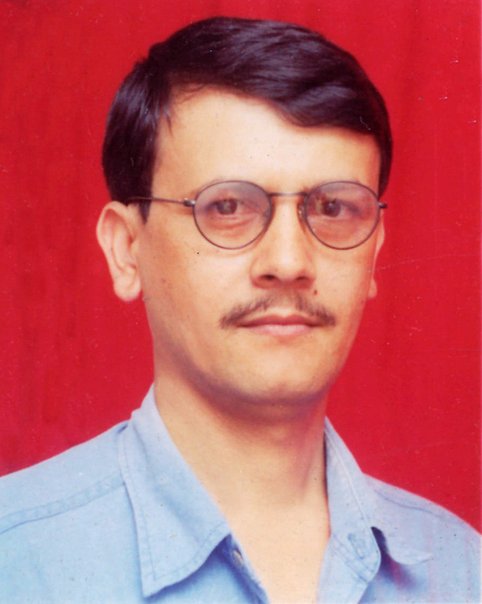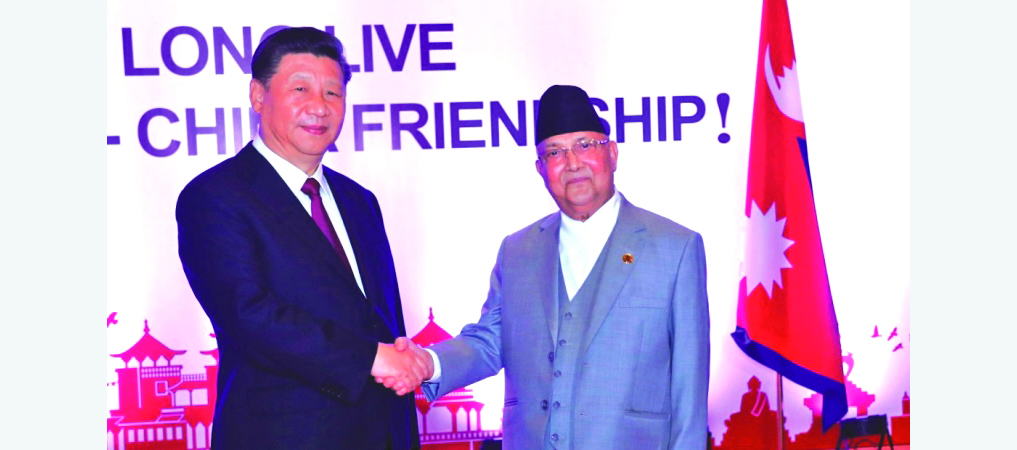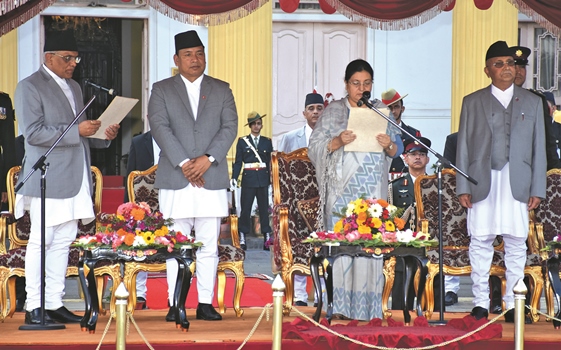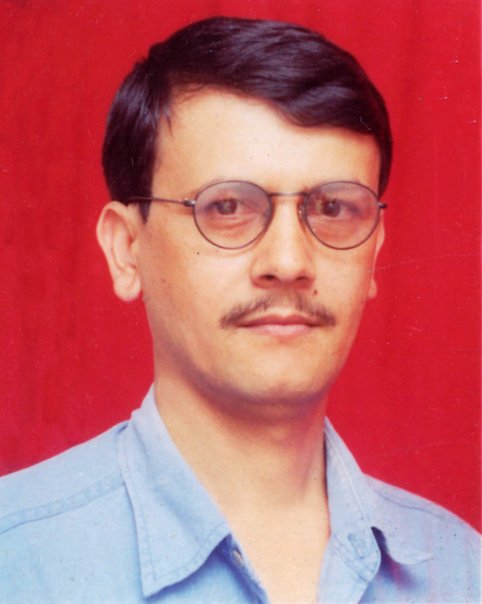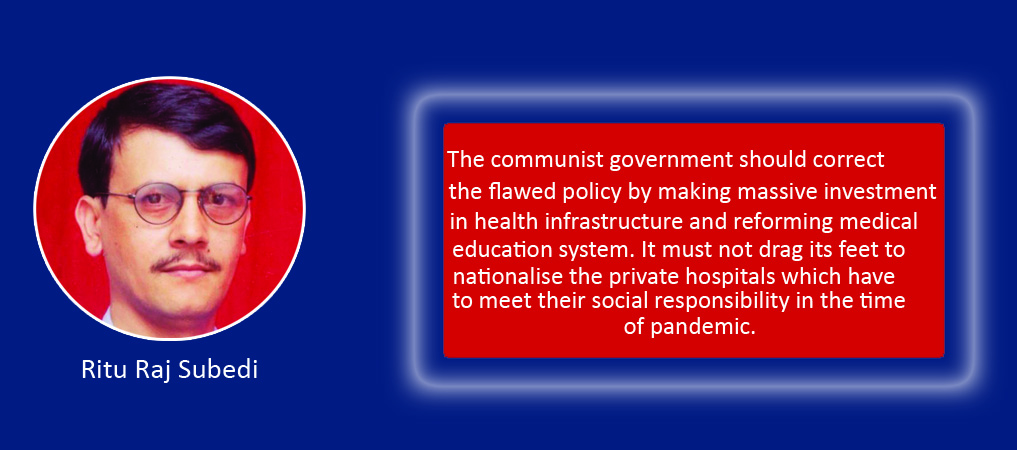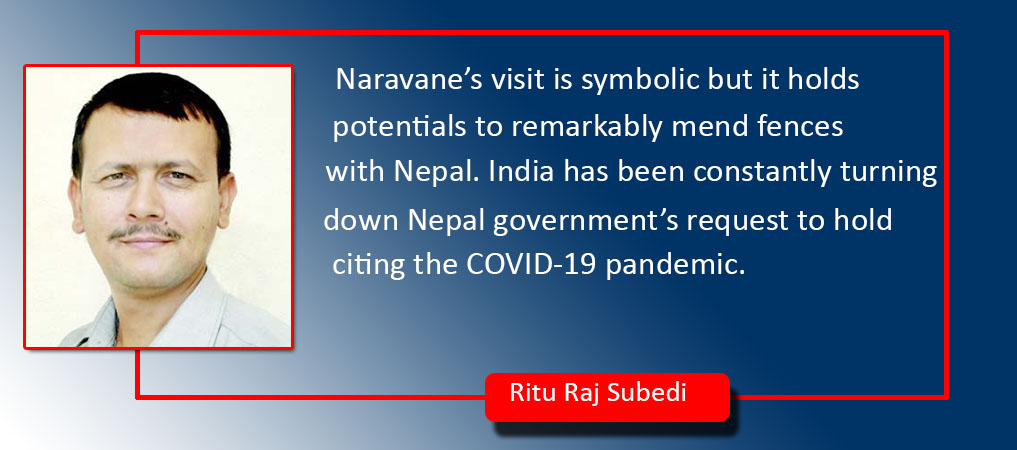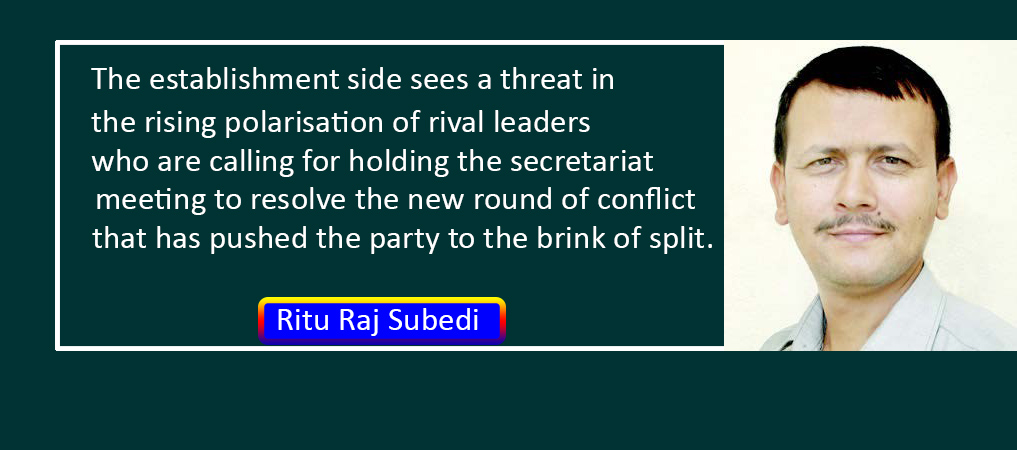A Reflection On Gorkhapatra
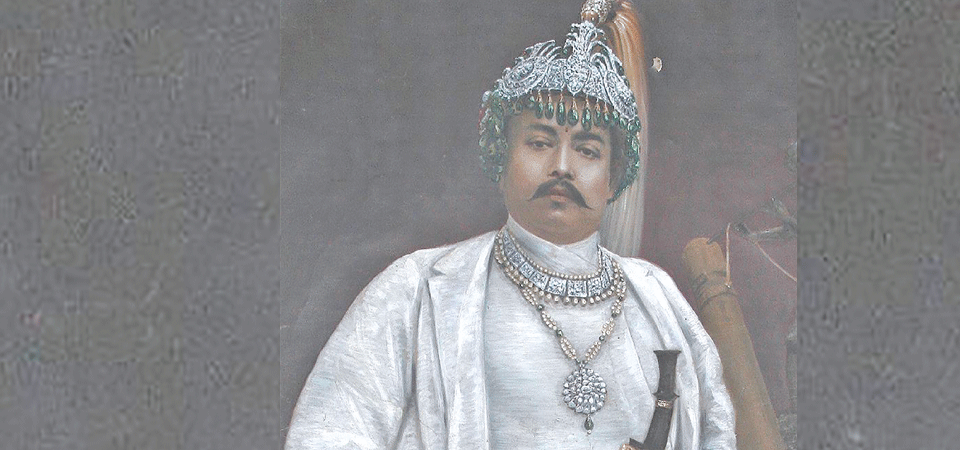
Ritu Raj Subedi
At the turn of the 20th century on May 6, 1901, Gorkhapatra, the country's first newspaper, was born. The new century was awaiting the landmark political, economic and technological transformation. Many nations had started an independence struggle and war against their colonial rulers. Then, Nepal was under the clutches of autocratic Rana rule. Most Nepalis were not aware of what was happening around the world. The notions of democracy, human rights and free press were still alien to them. So the birth of Gorkhapatra signified a historic move towards spreading consciousness, knowledge and modern ideas among the people. It was a big surprise that hereditary Rana rulers decided to establish the newspaper which could pose a threat to their iron-fisted regime. The credit goes to the reformist prime minister Dev Shumsher for the publication of Gorkhapatra that was synonymous with Nepali journalism for decades.
In 1851, first Rana prime minister Jung Bahadur had brought a hand-operated press known as Giddhe press from Europe. It was used to print mainly religious documents and government’s notices, not any newspaper or magazines but it encouraged the private sector’s entrepreneurs to set up similar printing presses in Kathmandu.
One energetic proprietor and editor named Nardev Moti Krishna Pandey established Pashupat press at Thahiti in Kathmandu. It published Nepal’s first magazine, Sudha Sagar in 1898. Three years later it also brought out the nation’s first newspaper, Gorkhapatra, under the editorship of Sharma himself. While the Giddhe press marked the advent of media technology, the Pashupat press inaugurated Nepali journalism that would leave an unerasable imprint on social and political changes of the country.
♦ Epochal Message
In retrospect, it can be surmised that Dev Shumsher might have faced daunting challenges from his regressive brothers like Chandra Shumsher when he decided to run the newspaper to inform the public about the current affairs of the state. It was a revolutionary step to operate Gorkhapatra, which was part of his broader agenda to reform politics, society, education and economy on the model of advanced nations of that time. By publishing Gorkhapatra, he delivered an epochal message to Nepali society that was languishing in a Dark Age. First, he named the paper after the Gorkha district, which was earlier a tiny but powerful state that led the unification campaign of Nepal under the brave and far-sighted King Prithvi Narayan Shah. The very name of the paper is a fitting tribute to Nepal's unifier and recognises the valour of ancestors, glorious history and patriotism of Nepalis.
Second, Dev Shumsher wanted to propagate his liberal policies and works through Gorkhapatra. In his brief stay in power, he launched many bold steps to ameliorate the conditions of his ‘subjects’. He declared universal public primary education, built schools across the country, opened Durbar High School to the children of commoners and established a parliament. Gorkhapatra was envisaged as a vehicle of expanding consciousness so that Nepali people know about his lofty deeds.
Third, even if Gorkhapatra was not anticipated to promote democracy against the despotic regime, it played a catalytic role in raising social, literary and cultural awareness which would prepare the masses against the cruelty and excesses of Rana rulers. Literary and cultural renaissance often preceded the political upheavals to usher the nations in the era of liberty and equality.
Fourth, Dev Shumsher wanted to develop Gorkhapatra as a robust public media. One can gauge this line of argument based on his sanad (decree) that clearly outlined as to what should be published and what not in Gorkhapatra.
Noted press chronicler Grishma Bahadur Devkota writes that Sanad stipulated that the paper should publish the unjust decisions of courts and negligence of government employees. It said, “Any reports of injustice or violence in the hills or Terai should be published without any indictment of the reporter. But it should not publish our (the Prime Minister’s) praise and plaudits." The edict amply suggests that Dev Shumsher had nurtured a wide vision that news and views should be objective, truthful and impartial. It carries oodles of elements of professionalism and ethics that predated the media code of conduct formulated by media organisations in Western countries.
Dev Shumsher could not fully implement his reformist policies and plans as he was unceremoniously ousted from power after four months into office. With the downfall of its progenitor, Gorkhapatra had also to suffer setbacks for years. It regained new vigour and momentum only with the establishment of democracy in 1951. Gorkhapatra daily has since been serving the public by catering objective and factual news and analytical views. Readers rely on Gorkhapatra for the authenticity of news as they have been fed up with or misled by fake and fabricated news churned out by corporate and commercial media houses.
♦ Public Sphere
As a state-run publication, Gorkhapatra offers little space for anti-establishment political activism but it has functioned as a sort of 'public sphere' to trigger debates on social, cultural and economic subjects. German sociologist Jurgen Habermas defines 'the public sphere' “as a realm of our social life in which something approaching public opinion can be formed and access is guaranteed to all citizens." Gorkhapatra may not meet all attributes of the public sphere as outlined by Habermas but it offers a platform to the people of various ethnic and linguistic communities given that it has become a multilingual paper and publishes news and views in over 20 languages, preserving language, culture, tradition and practices of minorities and marginalised groups.
Many political systems and regimes had come and gone but no government espoused a credible vision to evolve Gorkhapatra and its sister publications as a truly public media that enjoy full autonomy from the government. The tendency to use it as a mere mouthpiece of successive governments and ruling parties must come to an end. For this, it requires policy overhaul and structural changes. At a time when the media outlets have been manipulated for fulfilling the partisan interest, Gorkhapatra's role and responsibility have further increased. Therefore, it should strive to create a common national identity, promote civic values and strengthen the public and democratic institutions. Its adherence to professional ethics and code of conduct has placed it in a position to contribute better to the grand nation-building task in line with the constitution.
(Deputy Executive Editor of The Rising Nepal, Subedi writes regularly on politics, foreign affairs and other contemporary issues. subedirituraj@yahoo.com)
Recent News

Do not make expressions casting dout on election: EC
14 Apr, 2022
CM Bhatta says may New Year 2079 BS inspire positive thinking
14 Apr, 2022
Three new cases, 44 recoveries in 24 hours
14 Apr, 2022
689 climbers of 84 teams so far acquire permits for climbing various peaks this spring season
14 Apr, 2022
How the rising cost of living crisis is impacting Nepal
14 Apr, 2022
US military confirms an interstellar meteor collided with Earth
14 Apr, 2022
Valneva Covid vaccine approved for use in UK
14 Apr, 2022
Chair Prachanda highlights need of unity among Maoist, Communist forces
14 Apr, 2022
Ranbir Kapoor and Alia Bhatt: Bollywood toasts star couple on wedding
14 Apr, 2022
President Bhandari confers decorations (Photo Feature)
14 Apr, 2022
